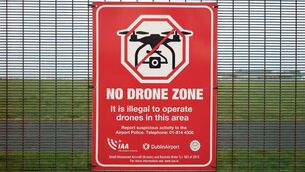Residents vow to take no prisoners
RICHARD LYNAM is not the most popular person among his neighbours, friends and even relatives.
The landowner has completed the sale of 150 acres at Thornton in north Co Dublin, the proposed site of the State’s new super prison and, adjacent to it, a central mental hospital.












